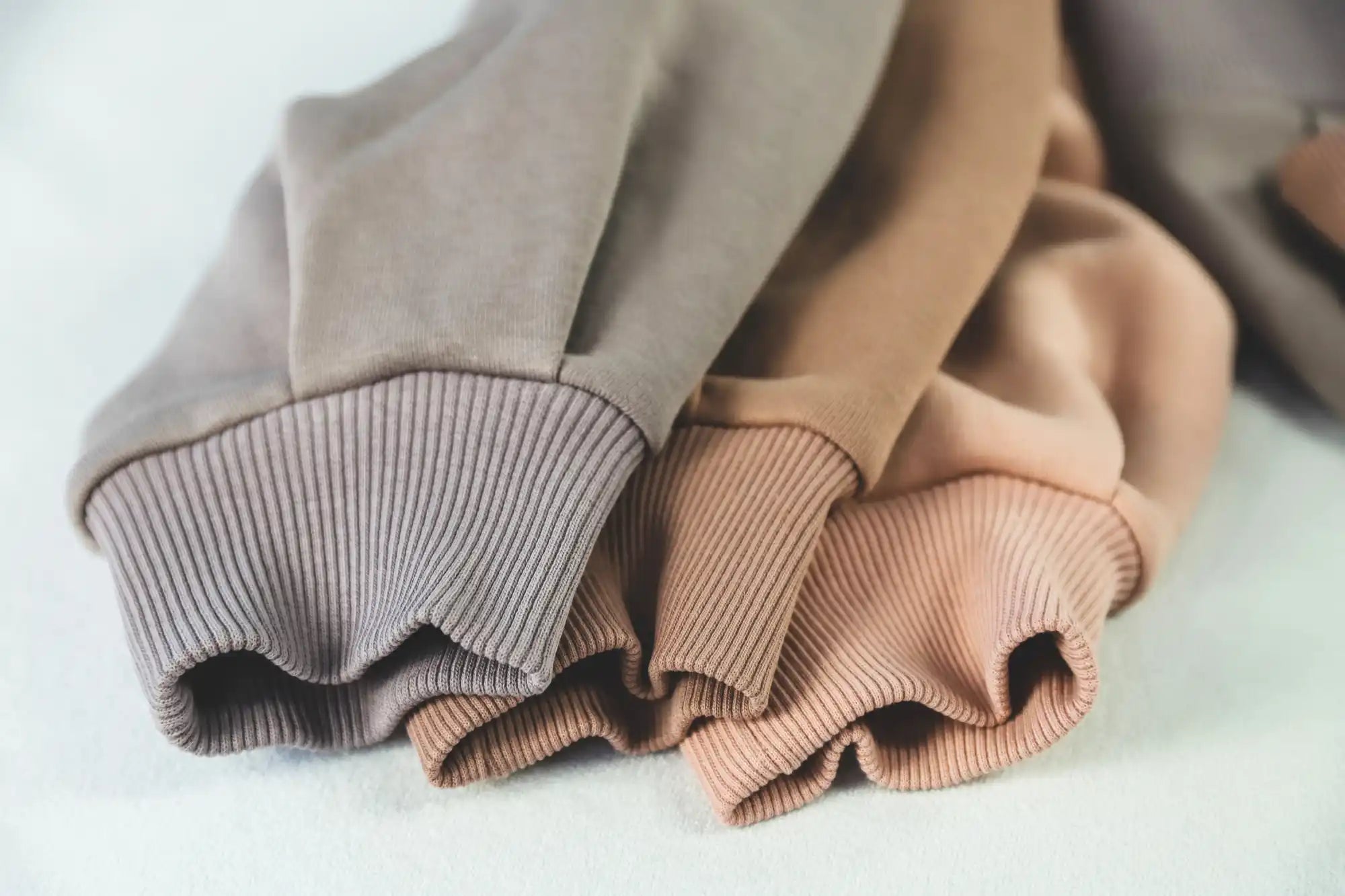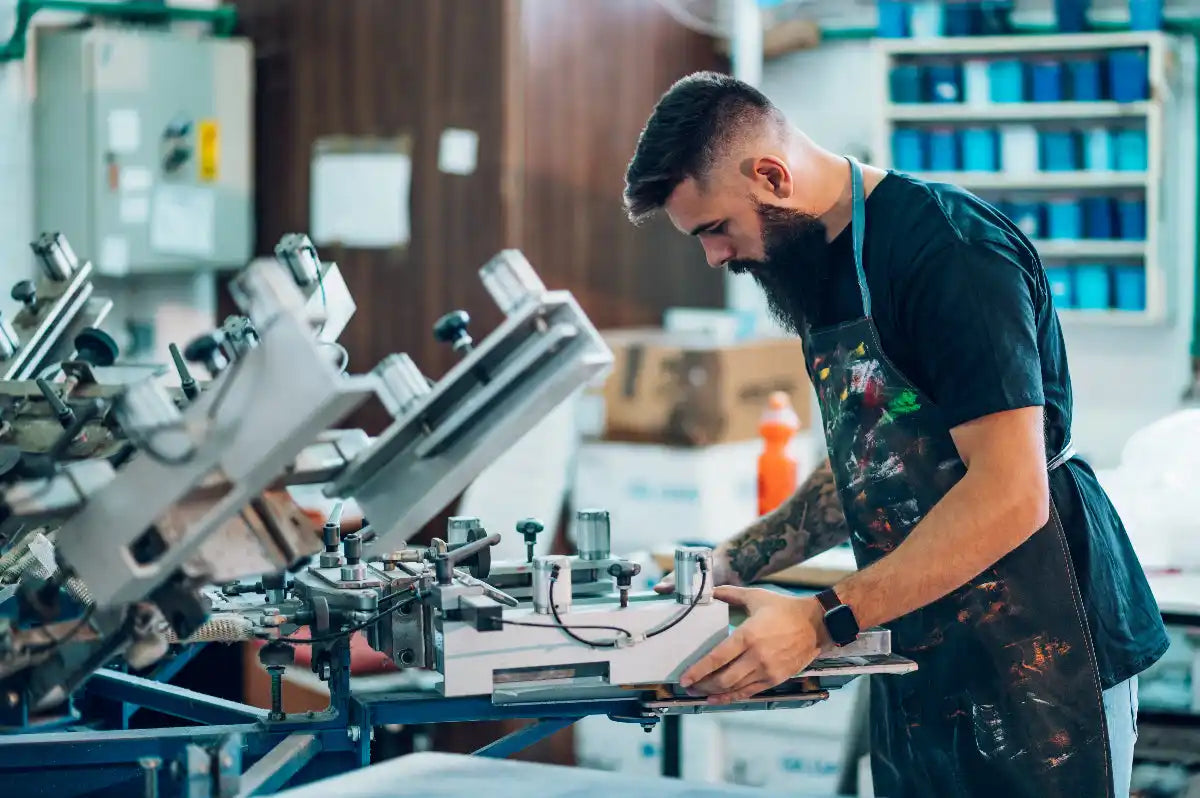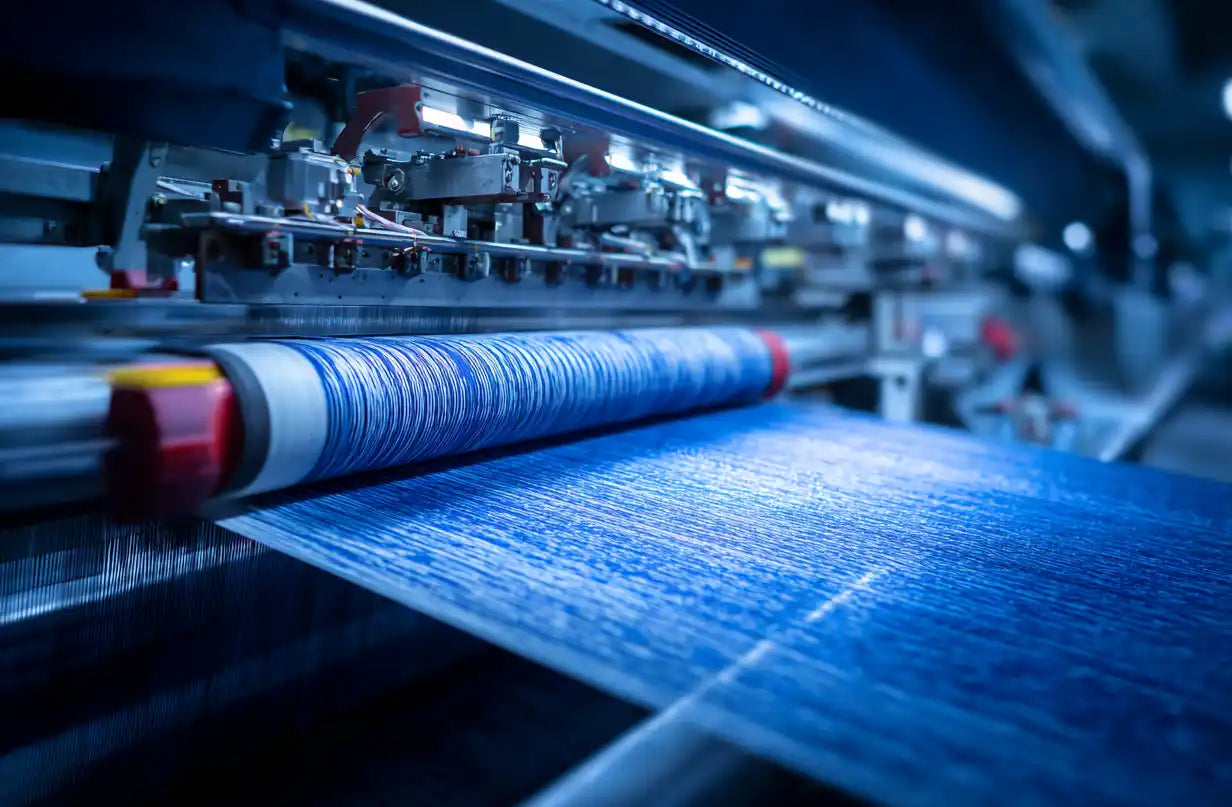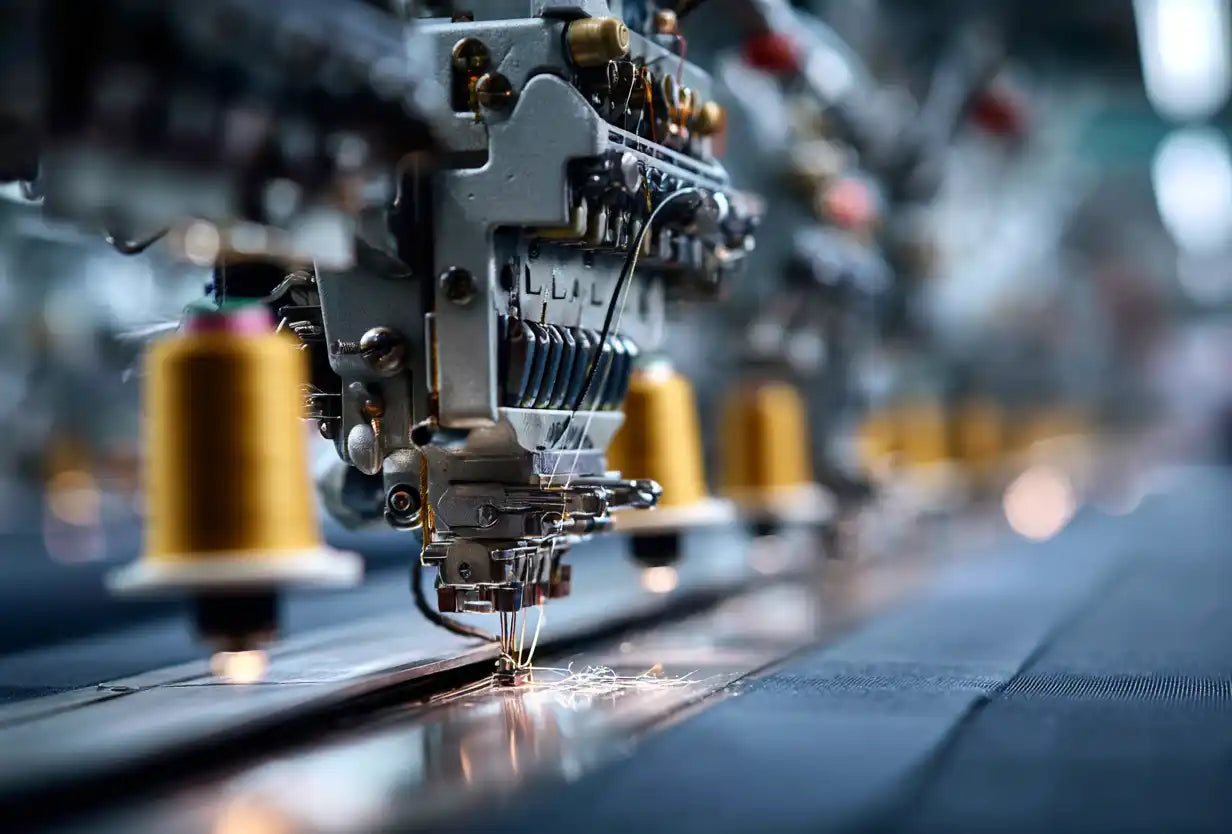Home T-Shirt Printing Methods 2025
The best ways to print a T-shirt at home in 2025 are:
- Heat Transfer Vinyl (HTV): Beginner-friendly, durable, requires a cutter + heat press.
- Printable Transfer Paper: Cheapest, works with an inkjet printer, but lower durability.
- Sublimation: Professional finish, but only works on polyester/light colors.
- DTF & DTG: Professional methods now available for advanced home users with proper equipment.
Home T-Shirt Printing Methods Comparison
| Method | Difficulty | Equipment Upfront Cost | Per-Shirt Supply Cost | Fabric Compatibility | Durability | Best For | Success Rate |
|---|---|---|---|---|---|---|---|
| Heat Transfer Vinyl (HTV) | Easy | $200-500 | $2-5 | Cotton, polyester blends | High | Beginners, simple logos | 90-95% |
| Printable Transfer Paper | Easy | $50-150 | $3-8 | Cotton (light/dark versions) | Medium | Hobbyists, single prints | 80-85% |
| Sublimation | Medium | $400-800 | $2-4 | Polyester (≥65%), light colors | High | Performance tees, vibrant designs | 85-90% |
| Direct-to-Film (DTF) | Hard | $1,500-3,000 | $4-7 | Cotton, polyester, blends | Very High | Small businesses, pro-level | 95-98% |
| Direct-to-Garment (DTG) | Hard | $2,000-5,000 | $5-10 | Cotton, light colors | Medium-High | Photographic quality, small batches | 90-95% |
Detailed Equipment & Material Costs
| Method | Essential Equipment | Equipment Cost | Material Cost/Shirt | Total Startup Cost | Break-even Point |
|---|---|---|---|---|---|
| HTV | Cutting machine, heat press, vinyl | $200-500 | $2-5 | $250-600 | 50-100 shirts |
| Transfer Paper | Inkjet printer, heat press/iron, paper | $50-150 | $3-8 | $100-250 | 20-40 shirts |
| Sublimation | Sublimation printer, heat press, paper, ink | $400-800 | $2-4 | $500-900 | 100-150 shirts |
| DTF | DTF printer, powder shaker, heat press, film, ink | $1,500-3,000 | $4-7 | $1,800-3,500 | 300-500 shirts |
| DTG | DTG printer, pretreatment, curing unit, ink | $2,000-5,000 | $5-10 | $2,500-6,000 | 400-600 shirts |
Home Printing Skill Progression Path
| Skill Level | Recommended Method | Time to Learn | Project Examples | Next Step |
|---|---|---|---|---|
| Beginner | Transfer Paper | 1-2 days | Simple text, basic graphics | Move to HTV |
| Intermediate | HTV | 1-2 weeks | Multi-color designs, layered vinyl | Try sublimation |
| Advanced | Sublimation | 2-4 weeks | Full-color photos, all-over prints | Explore DTF |
| Professional | DTF/DTG | 1-2 months | Commercial quality, complex designs | Scale business |
Project Ideas by Printing Method
| Method | Best Project Types | Design Complexity | Color Limitations | Ideal Design Styles |
|---|---|---|---|---|
| HTV | Logos, text, simple graphics, team shirts | Low-Medium | Limited by vinyl colors | Vector graphics, bold designs |
| Transfer Paper | Photo transfers, artwork, custom gifts | Any complexity | Full color possible | Photographic, detailed artwork |
| Sublimation | All-over prints, vibrant graphics, sportswear | Any complexity | Requires light fabrics | Bright colors, gradients, photos |
| DTF | Professional merchandise, small batches | Any complexity | Full color on any fabric | Commercial designs, complex art |
| DTG | Photographic prints, detailed artwork | Any complexity | Best on light cotton | Photo-realistic, detailed designs |
Prepping Checklist Before You Print
- ✅ Choose prewashed cotton-blend or polyester t-shirts
- ✅ Decide on a method: HTV, Transfer Paper, Sublimation, or DTF
- ✅ Prepare your workspace: flat, well-ventilated, and equipped with safety gear
- ✅ Gather tools: heat press or iron, cutting machine (if HTV), printer (inkjet/sublimation)
- ✅ Test your design on scrap fabric first
- ✅ Ensure proper temperature calibration for your equipment
- ✅ Have backup materials ready for mistakes
Safety First
Always work in a ventilated area and wear protective gloves/eyewear. Heat presses can reach 350°F+. Certain inks and adhesives release fumes—refer to NIOSH/CDC ventilation guidance for small workshops.
- Use heat-resistant gloves when handling hot equipment
- Wear safety glasses during cutting and weeding processes
- Ensure proper ventilation for sublimation and DTF processes
- Keep workspace clean and organized to prevent accidents
- Have fire extinguisher accessible in your workspace
Method 1: Heat Transfer Vinyl (HTV)
What You Need:
- Cutting machine (Cricut, Silhouette)
- Heat press or iron
- HTV sheets (Siser EasyWeed recommended)
- Weeding tools
- Protective paper
Steps:
- Design & Cut: Mirror your design in software, then cut on HTV.
- Weed: Remove excess vinyl, leaving only the design.
- Press: 305°F, 10–15 sec, medium pressure.
- Peel: Warm or cold peel depending on vinyl brand.
Common Mistakes & Solutions:
- Vinyl not sticking: Increase pressure or temperature slightly
- Design peeling: Use more pressure and ensure surface is clean
- Bubbles under vinyl: Use protective paper and even pressure
- Vinyl tearing: Adjust cutting depth and speed
Method 2: Printable Transfer Paper
What You Need:
- Inkjet printer + transfer paper (light/dark shirt versions)
- Heat press or iron
- Scissors or cutting tool
- Teflon sheet or parchment paper
Steps:
- Print: Print your design (mirror if light-paper, no mirror for dark-paper).
- Trim: Cut excess paper close to design edges.
- Press: Apply firm pressure according to paper instructions.
- Peel: Remove carefully while warm or after cooling.
Common Mistakes & Solutions:
- Paper sticking: Ensure proper temperature and peel direction
- Design cracking: Pre-wash shirt and avoid stretching during application
- Faded colors: Use high-quality paper and proper printer settings
- Ink smudging: Allow ink to dry completely before pressing
Method 3: Sublimation Printing
What You Need:
- Sublimation printer (Sawgrass, Epson EcoTank converted)
- Sublimation ink & paper
- Heat press
- 100% polyester or ≥65% polyester T-shirts
- Heat-resistant tape
- Teflon sheets
Steps:
- Print: Print mirrored design on sublimation paper.
- Position: Tape paper to shirt with heat-resistant tape.
- Press: 385–400°F for 45–60 sec with medium pressure.
- Peel: Remove immediately after pressing.
Common Mistakes & Solutions:
- Faded colors: Fabric must be polyester (cotton won't hold ink)
- Ghosting: Ensure paper doesn't move during pressing
- Color shift: Calibrate printer and use correct temperature
- Poor transfer: Check pressure and time settings
Method 4: Direct-to-Film (DTF) Home Setup
What You Need:
- DTF printer (modified Epson or dedicated DTF printer)
- DTF ink and film
- Hot melt powder and shaker
- Heat press or curing oven
- Various fabric types
Steps:
- Print: Print design on DTF film (no mirroring needed)
- Powder: Apply hot melt powder evenly and shake off excess
- Cure: Heat press at 320°F for 15-20 seconds
- Press: Apply to garment at 320°F for 12-15 seconds
- Cool: Allow to cool completely before handling
Common Mistakes & Solutions:
- Powder clumping: Ensure even application and proper shaking
- Poor adhesion: Check temperature and pressure settings
- Color bleeding: Use correct curing times and temperatures
- Film sticking: Ensure proper cooling before peeling
Care & Washing Tips
| Method | First Wash | Washing Instructions | Drying | Special Care |
|---|---|---|---|---|
| HTV | Wait 24 hours | Wash cold, inside out | Hang dry or low heat | No fabric softener |
| Transfer Paper | Wait 48 hours | Wash cold, gentle cycle | Hang dry only | No bleach, inside out |
| Sublimation | Immediate | Wash normal, any temperature | Any method | Most durable method |
| DTF | Wait 24 hours | Wash cold, inside out | Low heat tumble dry | Avoid harsh detergents |
| DTG | Wait 72 hours | Wash cold, gentle cycle | Hang dry recommended | No bleach or softeners |
Troubleshooting Quick Fixes
| Problem | Method | Likely Cause | Solution |
|---|---|---|---|
| Design lifting at edges | HTV | Insufficient pressure or time | Press longer or increase pressure |
| Transfer paper cracking | Transfer Paper | Shirt not prewashed or over-stretched | Ensure shirt is prewashed and avoid stretching |
| Sublimation faded | Sublimation | Fabric not polyester or wrong temperature | Use polyester fabric and correct heat settings |
| Colors dull | All Methods | Incorrect temperature or pressure | Calibrate equipment and test settings |
| Design not transferring | DTF/DTG | Ink issues or clogged print heads | Clean print heads and check ink levels |
| Powder not adhering | DTF | Incorrect powder or curing time | Use recommended powder and adjust curing |
Recommended Visual Content Strategy
Essential Step-by-Step Guides
- HTV cutting and weeding process photos
- Transfer paper application sequence
- Sublimation color vibrancy comparisons
- DTF powder application demonstrations
- Equipment setup and calibration guides
Comparison Visuals
- Method results side-by-side comparisons
- Durability test results after multiple washes
- Cost comparison infographics
- Skill level progression diagrams
- Troubleshooting flowcharts
Frequently Asked Questions
What's the easiest method for beginners?
Printable transfer paper is the easiest method for beginners. It requires minimal equipment (just an inkjet printer and iron), has low startup costs, and allows for quick learning with immediate results. Perfect for first-time projects and casual hobbyists.
How to choose between HTV and transfer paper?
Choose HTV for durable, professional-looking results with simple designs and logos. Choose transfer paper for full-color photographic prints and complex artwork. HTV lasts longer but transfer paper offers more design flexibility for beginners.
What's the most cost-effective method for small batches?
For 1-10 shirts: Transfer paper. For 10-50 shirts: HTV. For 50+ shirts: Consider sublimation or DTF if you have the equipment. Transfer paper has the lowest startup cost, while HTV becomes more cost-effective as volume increases.
Can I use regular inkjet printers for sublimation?
Most regular inkjet printers cannot use sublimation ink without modification. Some Epson EcoTank models can be converted, but dedicated sublimation printers like Sawgrass are recommended for consistent results and warranty protection.
How long do home-printed shirts typically last?
Sublimation and DTF prints last the longest (50+ washes), followed by HTV (30-50 washes), then transfer paper (15-30 washes). Proper care including cold washing, inside-out turning, and hang drying significantly extends print life.
What's the best method for dark colored shirts?
HTV and DTF work best on dark shirts. HTV provides opaque coverage with various color options, while DTF offers full-color designs with excellent opacity. Transfer paper has dark shirt versions but results are less durable than other methods.
Conclusion & Next Steps
Home T-shirt printing in 2025 offers multiple pathways from simple hobby projects to professional-level production. Each method has its strengths, and the best choice depends on your budget, skill level, and project requirements.
Your Home Printing Action Plan:
- Start with your budget and skill level - choose methods that match your current capabilities
- Consider your project volume - select methods that scale with your production needs
- Test multiple methods - experiment with different techniques to find your preference
- Invest in quality equipment - better tools lead to better results and fewer frustrations
- Practice proper safety - always prioritize safety in your workspace
- Join printing communities - learn from others and stay updated on new techniques
Remember: The journey from beginner to expert takes time and practice. Start with simple projects, learn from mistakes, and gradually build your skills and equipment collection. Every successful print brings valuable experience for your next project.
Ready to start your home printing journey? Begin with our recommended starter kits and join thousands of creators who have turned their ideas into wearable art through home T-shirt printing.












